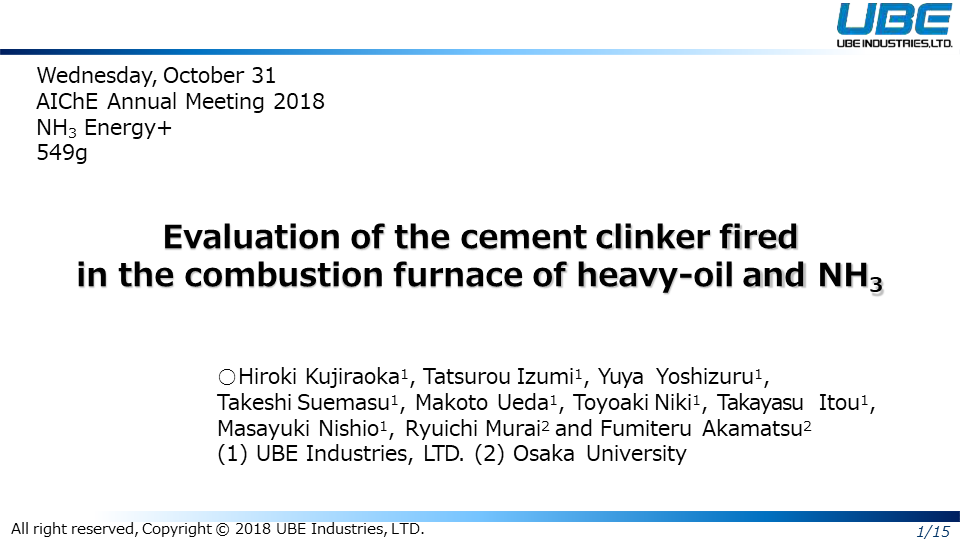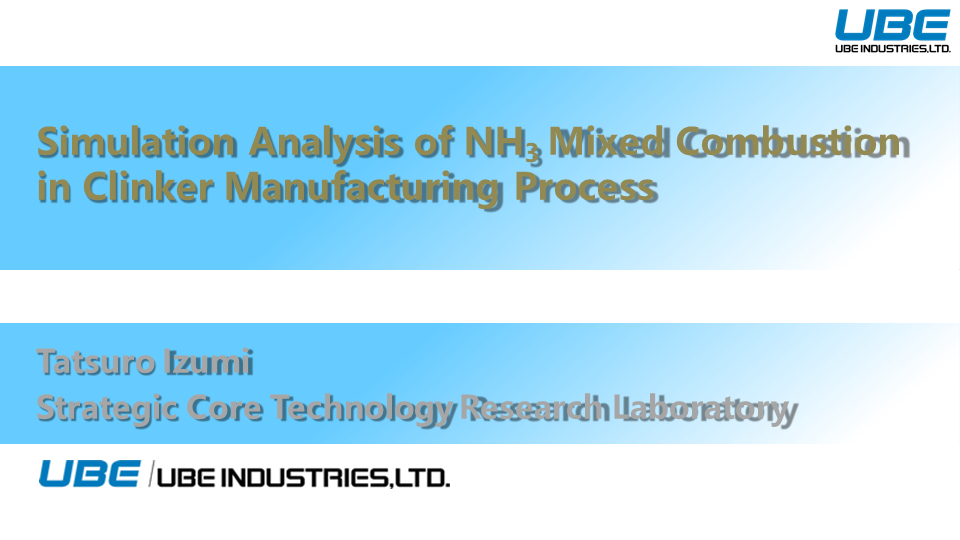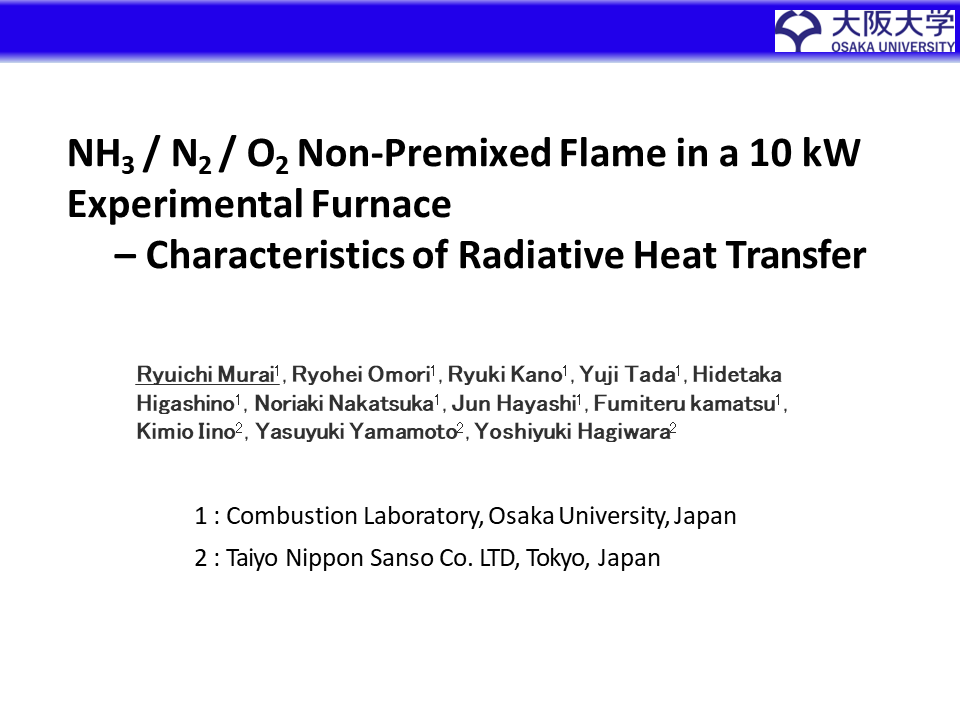Presentation
Evaluation of the Cement Clinker Fired in the Combustion Furnace of Heavy-Oil and NH3
In recent years, global warming caused by an increase in CO2 emission released by combustion of fossil fuel has become a big problem. To realize a low-carbon society, active use of renewable energy and promotion of hydrogen energy are necessary. We are participating in “SIP (Strategic Innovation Promotion Program) energy carriers”, developing technology to replace 30% fossil fuel with ammonia (NH3) on the calorie basis. Assuming that NH3 is used as a thermal energy for a cement kiln, we conducted the following two basic experiments. First, we fired the clinker in the atmosphere-controlled electric furnace, calculated the reaction rate of…




